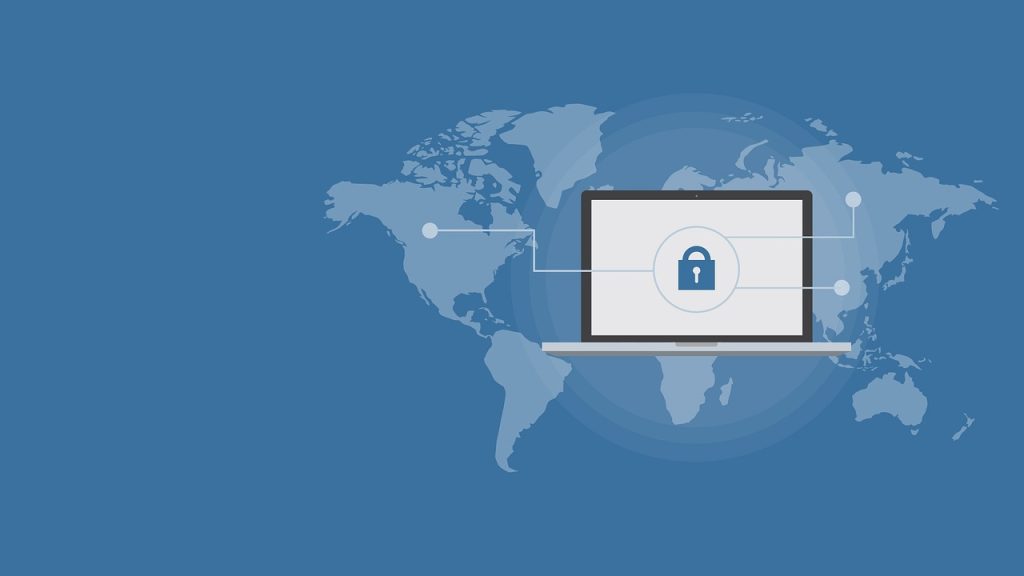In today’s interconnected world, data is essential to company operations. From sensitive data users to exclusive business programs, information security is basic for safeguarding certainty of any organization. With the consistent danger of digital risks and information breaks, organizations should carry serious areas of strength for our security answers for defending their significant resources. In this blog, we’ll look at different information security solutions that can help protect your firm from potential threats.
1. Encryption, the Main Line of Safeguard
Encryption is a basic part of information security, filling in as a strong first line of guard against undesirable access. Businesses may ensure that data stays unintelligible even if it falls into the wrong hands by transforming it into a coded format that can only be understood by those with the necessary decryption key. Fulfilling end-to-end encryption correspondence channels, as well as encoding sensitive records and data sets, are basic moves toward preserving your collective details.
2. Robust access controls
Controlling access to sensitive data is critical. Implementing strong access controls guarantees that only authorized individuals can view or edit specific data. It comprises user authentication systems, role-based access controls, and frequent audits to detect and address potential security flaws. Businesses may dramatically reduce the risk of internal data breaches by limiting access to just those who need to know.
3. Multi-factor authentication (MFA).
Passwords remain a popular means of authentication, but they are no longer sufficient on their own. Multi-factor authentication could include something they know (password), something they have (security token), or something they are (biometric data). MFA helps prevent unwanted access even when credentials are compromised, providing an extra layer of Antivirus protection from Norton for key systems and data.
4. Regular Data Backups
Data loss can occur for a variety of causes, including cyberattacks, technology problems, and human mistakes. Regular data backups are vital for mitigating the effects of such catastrophes. Businesses should create automatic and secure backup systems to ensure that if a data breach occurs or a system fails, they can swiftly recover and restart operations.
5. Security Awareness Training
Human mistake is still one of the most important hazards to data security. Instructing staff on the significance of network safety and offering usually best work on preparing can incredibly bring down the chance of phishing attempts, social designing, and other human-related security breaks. An educated and mindful employment is an important weapon in the battle against digital risks.
6. Endpoint Security
As additional organizations take on remote work study, endpoint security turns into a necessarily significant piece of information security. Endpoint security solutions protect specific devices (such as laptops, smartphones, and tablets) from harmful threats. Installing strong antivirus protection software and frequently updating operating systems and programs are critical precautions. Businesses may also consider using mobile device management solutions to enforce security standards on mobile devices and ensure data integrity across multiple endpoints.
7. Data masking and anonymization.
In some cases, firms must exchange or use sensitive data for testing, analysis, or collaboration. Data masking and anonymization techniques enable enterprises to secure the confidentiality of this information while retaining its usefulness. Businesses can work with confidence by changing, encrypting, or scrambling certain identifiable information without jeopardizing the privacy and security of their data.
8. Security Information and Event Management (SIEM).
Security Information and Event Management system gives a real-time analysis of safety alerts given all through an association’s IT foundation. SIEM techniques help in the early location and reaction of dubious activities by accumulating and associating logging information. The proactive methodology empowers firms to relieve potential risks before they transform into significant security occurrences.
9. Checking and Incident Reaction.
Information security is definitely not a one-time try; it requires continuous observing and proactive incident reaction. Carrying out frameworks for ongoing checking of organization traffic, client action, and framework records empowers firms to recognize irregularities or security breaks rapidly. Besides, having a distinct occurrence reaction plan guarantees a convenient and organized reaction to security issues, reducing conceivable damage and delay.
10. Direct security reviews and evaluations.
Occasional security reviews and evaluations are basic for finding weaknesses and staying up to date. Filtering testing, weakness evaluations, and consistency reviews assist firms with staying in front of the expected dangers while sticking to industry and administrative norms. Standard reviews likewise permit you to calibrate security strategies and work on relying upon the changing danger scene.
Conclusion
In the present rapidly creating network protection world, organizations, everything being equal, should carry out an exhaustive and versatile information security technique. Information security is a dynamic and consistent action that requires a complex procedure. Organizations can fortify their guards against potential dangers by consolidating encryption, access controls, multifaceted validation, standard reinforcements, and security mindfulness preparation. As innovation propels, so do programmers’ procedures, making it basic for associations to be proactive and put resources into the most current information security answers to guarantee their prosperity.


